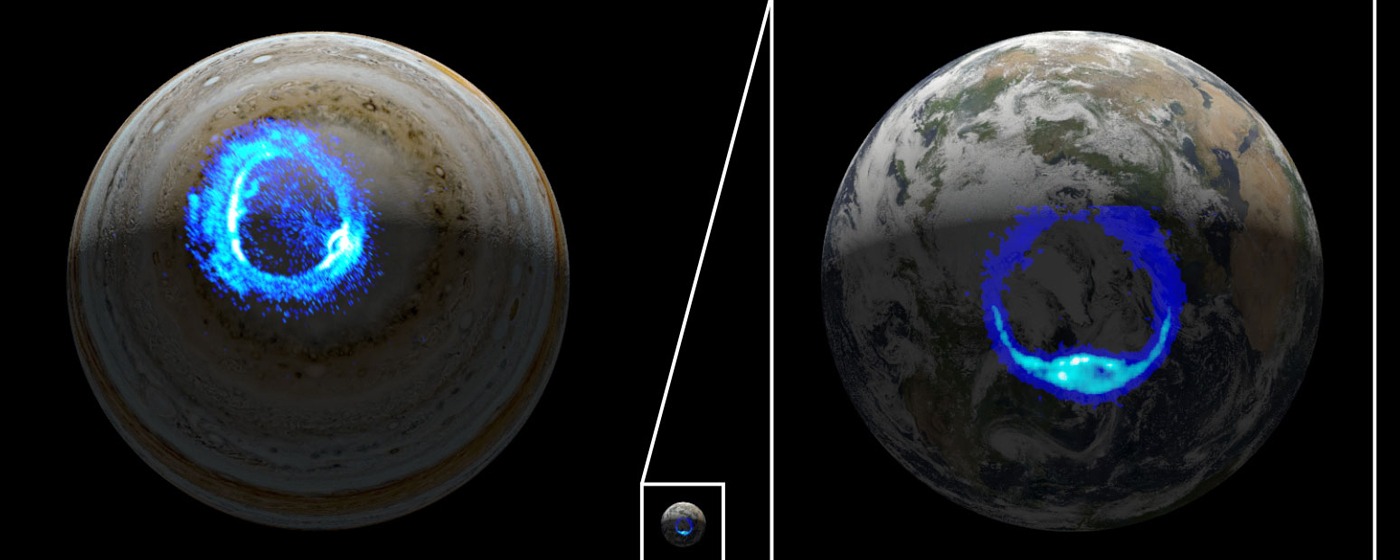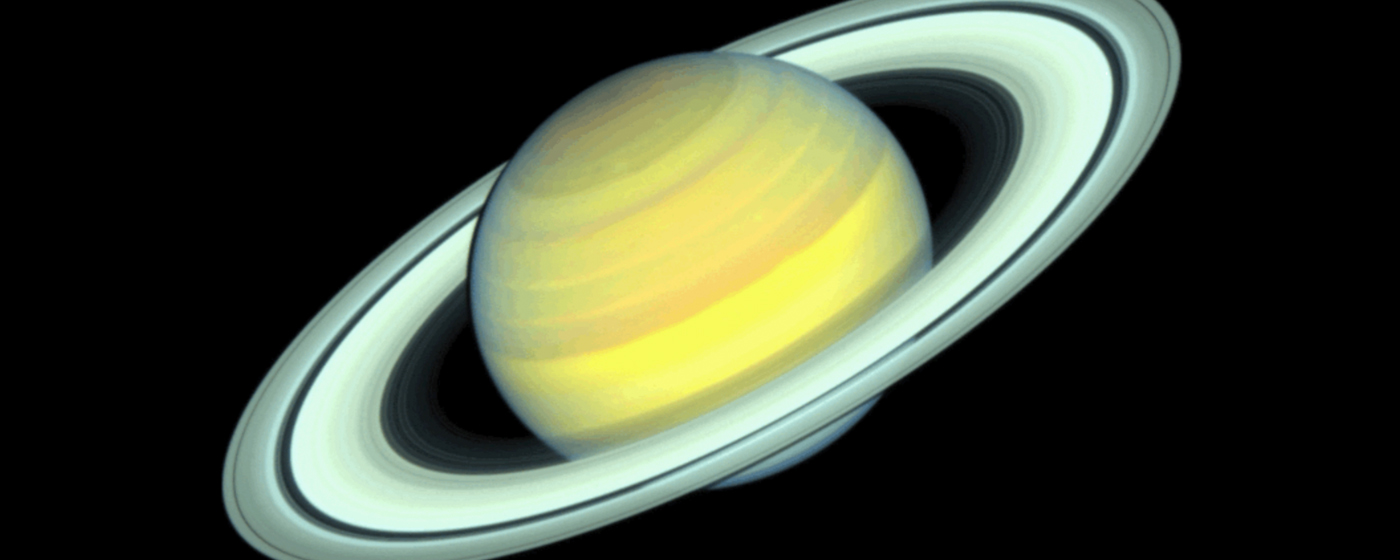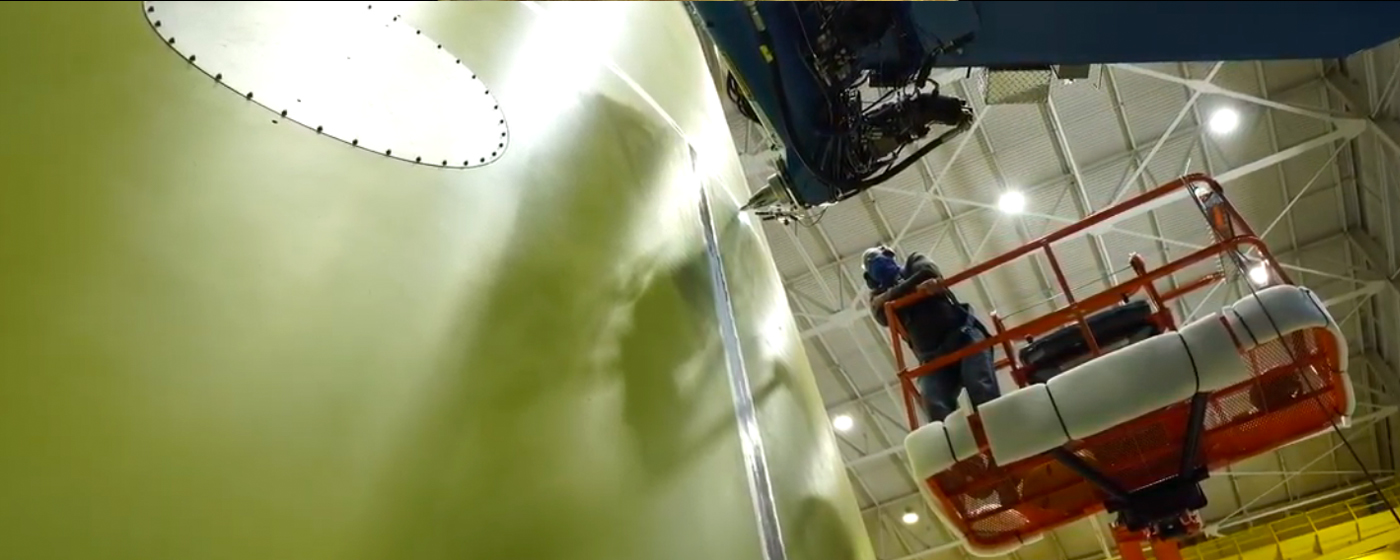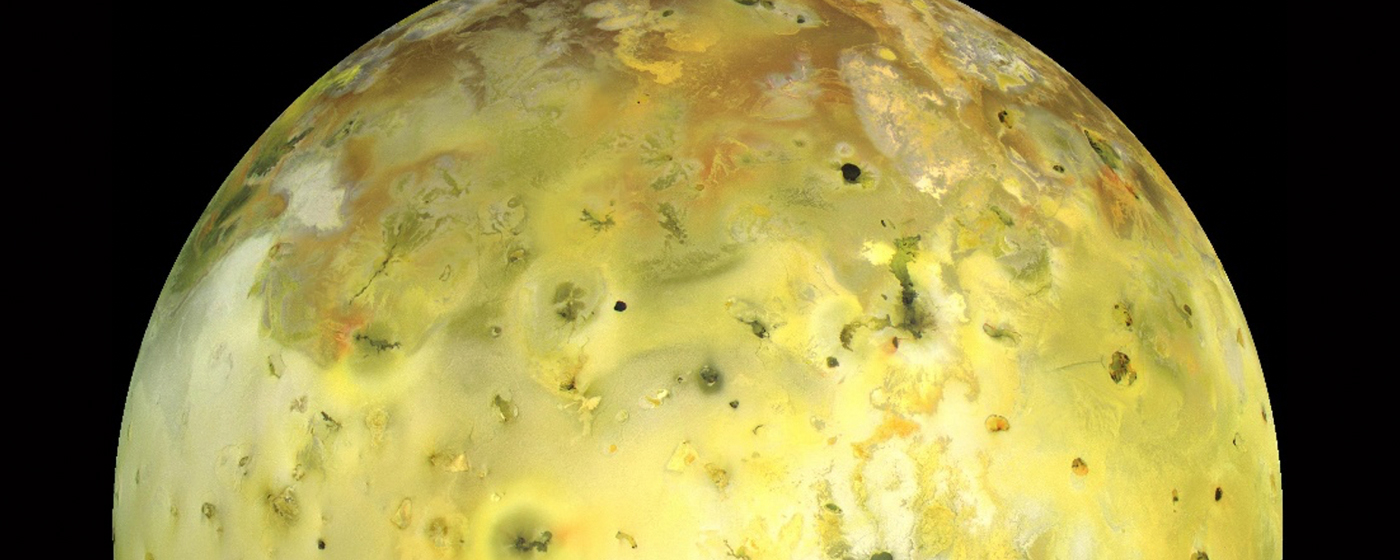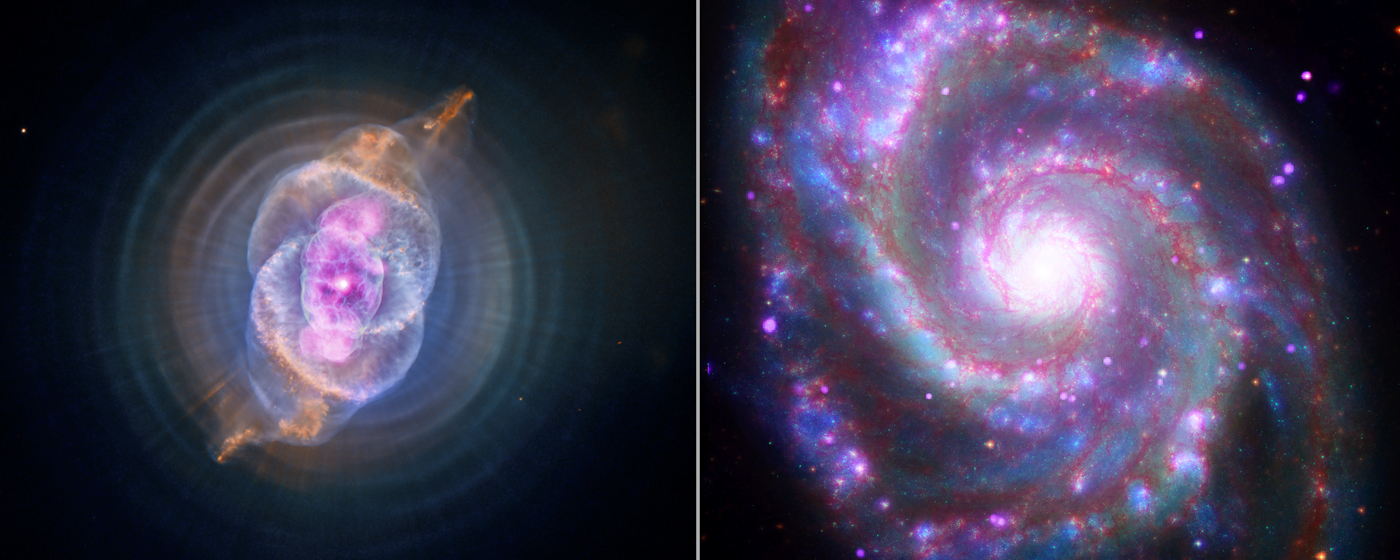NASA’s Juno Reveals Dark Origins of One of Jupiter’s Grand Light Shows
New results from the Ultraviolet Spectrograph instrument on NASA’s Juno mission reveal for the first time the birth of auroral dawn storms – the early morning brightening unique to Jupiter’s spectacular aurorae. These immense, transient displays of light occur at both Jovian poles and had previously been observed only by ground-based and Earth-orbiting observatories, notably NASA’s Hubble Space Telescope.
Hubble Sees Changing Seasons on Saturn
NASA’s Hubble Space Telescope is giving astronomers a view of changes in Saturn’s vast and turbulent atmosphere as the planet’s northern hemisphere summer transitions to fall. It takes around 29 Earth years for Saturn to orbit the Sun, making each season on Saturn more than seven Earth years long.
NASA Completes Weld of Rocket Adapter for First Artemis Launch with Crew
Technicians at NASA’s Marshall Space Flight Center in Huntsville, Alabama, recently completed the weld to join the two major parts of the launch vehicle stage adapter for NASA’s Space Launch System rocket. The adapter, a cone-shaped piece of hardware that connects the rocket’s upper and lower stages, will fly on Artemis II, the first crewed mission of NASA’s Artemis program.
Io Volcano Observer: Following the Heat and Hunting Clues to Planet Evolution
A proposed mission called Io Volcano Observer would visit Jupiter’s moon Io, a surface with hundreds of erupting volcanoes and sulfurous gases. Explore how the surface changed from a young rocky planet to the only hyperactivity of its kind found in the solar system.
Data Turned Into Sounds of Stars, Galaxies, Black Holes
The data sonification series features astronomical data collected by NASA’s Chandra X-ray Observatory and other telescopes converted into sounds. Data sonification maps the data from these space-based telescopes into a form that users can hear instead of only see, embodying the data in a new form without changing the original content.
For more information or to learn about other happenings at NASA’s Marshall Space Flight Center, visit NASA Marshall. For past issues of the ICYMI newsletter, click here.





























